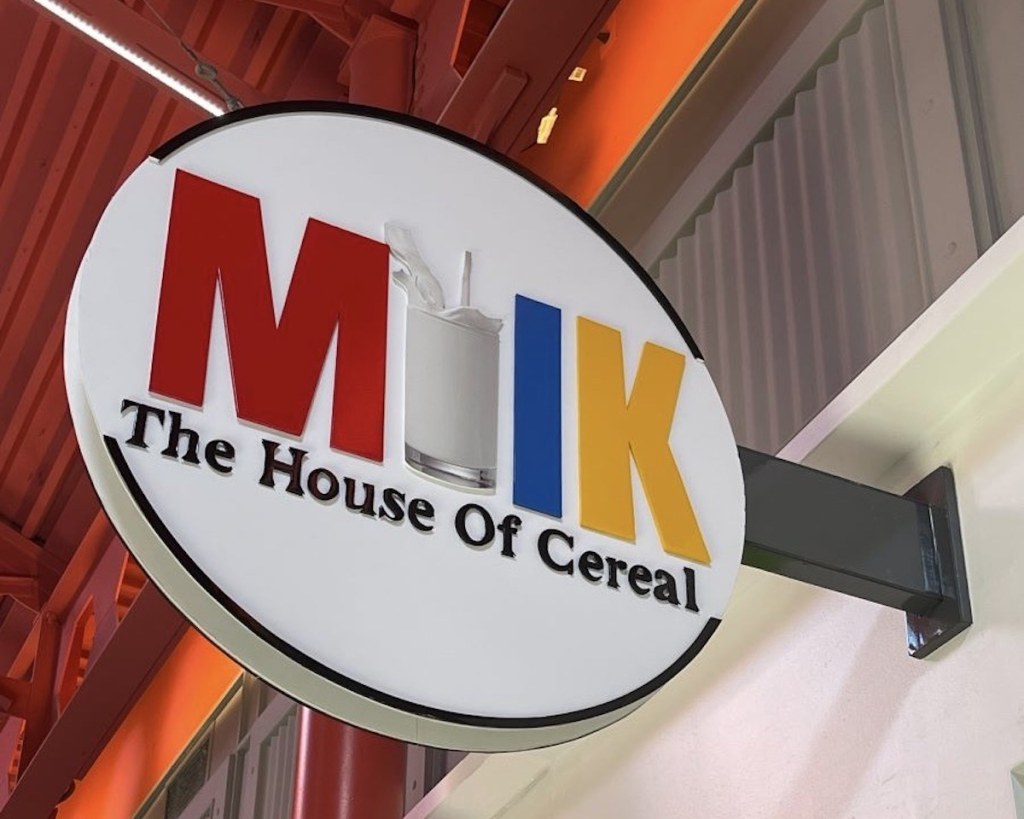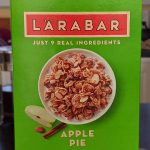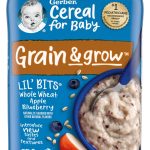Milk The House Of Cereal: Unleash The Power Of Breakfast Bliss With Us! Click To Action Now!
Milk the House of Cereal
Welcome, Cereal Connoisseur! Today, we are going to explore the world of milk, the essential companion to your favorite breakfast cereal. No cereal bowl is complete without a splash of milk to create that perfect combination of crunch and creaminess. In this article, we will delve into the origins, benefits, and potential drawbacks of milk as it relates to the house of cereal. So grab your spoon and let’s dive into the milk-filled world of cereal!
Introduction
Milk has been a staple in cereal bowls for generations. From the moment you pour the milk over your cereal, the flavors begin to meld together, creating a taste sensation that is hard to replicate. But have you ever wondered about the different types of milk and their impact on your breakfast experience? In this article, we will explore the various aspects of milk and how they contribute to the house of cereal.
1 Picture Gallery: Milk The House Of Cereal: Unleash The Power Of Breakfast Bliss With Us! Click To Action Now!

What is Milk?
Milk is a nutrient-rich liquid that is produced by mammals, including cows, goats, and sheep. It is packed with essential nutrients such as calcium, protein, and vitamins, making it a popular choice for a healthy breakfast. Milk comes in different varieties, including whole milk, skim milk, and plant-based alternatives such as almond and soy milk.

Image Source: attractionsmagazine.com
Who Invented Milk?
The discovery of milk as a food source can be attributed to early humans who observed animals nursing their young. The domestication of animals, particularly cows, led to the ability to harvest milk for human consumption. Over time, milk became a valuable commodity and an integral part of the human diet.
When Should You Drink Milk with Cereal?
The timing of milk consumption with cereal is a matter of personal preference. Some individuals prefer to pour the milk over the cereal just before eating, ensuring maximum crunchiness. Others may opt to let the cereal soak in the milk for a few minutes, allowing the flavors to meld together. Experimentation is key to finding the perfect milk-to-cereal ratio that suits your taste buds.
Where Does Milk Come From?
Milk is sourced from various regions around the world, with dairy farms playing a crucial role in its production. Countries such as the United States, India, and China are among the top milk producers globally. Local supermarkets or farmers’ markets are common places to purchase milk, ensuring a fresh and reliable source for your cereal needs.
Why is Milk Important for Cereal?
Milk serves as the perfect companion to cereal due to its ability to soften the crunchiness of the cereal while adding a creamy texture. Additionally, milk provides essential nutrients such as calcium, which promotes healthy bones and teeth. The combination of milk and cereal creates a balanced breakfast that keeps you energized throughout the day.
How Does Milk Enhance the Cereal Experience?
When milk is added to cereal, it acts as a flavor enhancer, allowing the flavors of the cereal to shine. The milk also adds a creamy element that complements the texture of the cereal. The combination of milk and cereal creates a satisfying and enjoyable breakfast experience.
Advantages and Disadvantages of Milk with Cereal
Advantages:
1. Nutritional Boost: Milk is a rich source of calcium, protein, and vitamins, providing essential nutrients to start your day.
2. Creamy Texture: The addition of milk to cereal adds a creamy texture that enhances the overall eating experience.
3. Versatility: With a variety of milk options available, you can customize your cereal bowl to suit your dietary preferences.
4. Improved Digestion: The combination of milk and cereal can aid in digestion, thanks to the fiber content in cereal and the presence of lactase in milk.
5. Taste Variety: Different types of milk, such as almond milk or soy milk, offer unique flavors that can add an extra dimension to your cereal.
Disadvantages:
1. Lactose Intolerance: Some individuals may experience discomfort or digestive issues when consuming milk due to lactose intolerance.
2. Allergies: Milk allergies can be a concern for certain individuals, leading to adverse reactions when milk is consumed.
3. Dietary Restrictions: People following specific diets, such as vegan or dairy-free, may need to opt for plant-based alternatives instead of traditional milk.
4. Caloric Intake: Milk can contribute to the overall calorie count of your breakfast, so it’s important to be mindful of portion sizes if you’re watching your calorie intake.
5. Taste Preference: While milk enhances the flavor of cereal for many, some individuals may prefer to eat their cereal dry or with alternative toppings.
Frequently Asked Questions (FAQs)
1. Can I use flavored milk with cereal?
Yes, flavored milk can be used with cereal, adding an extra burst of flavor to your breakfast. However, be mindful of the added sugar content in flavored milk.
2. Can I mix different types of cereal with milk?
Absolutely! Mixing different types of cereal can create unique flavor combinations. Experiment with different cereal blends to find your perfect match.
3. Can I use non-dairy milk alternatives with cereal?
Yes, non-dairy milk alternatives such as almond milk or soy milk can be used with cereal. They offer a different taste profile while providing similar nutritional benefits.
4. Is it necessary to drink the leftover milk in the bowl?
Drinking the leftover milk is a matter of personal preference. Some individuals enjoy sipping the milk after finishing their cereal, while others may choose to discard it.
5. Can I substitute milk with water in cereal?
While water can be used as a substitute for milk in cereal, it may result in a less creamy and flavorful experience. Milk is recommended for optimal taste and texture.
Conclusion
In conclusion, milk is an integral component of the house of cereal. Its ability to enhance the flavor, texture, and nutritional value of cereal makes it the perfect companion for breakfast. Whether you prefer whole milk, skim milk, or plant-based alternatives, there is a milk option suitable for every cereal connoisseur. So the next time you pour that bowl of cereal, remember to add a splash of milk for a truly delightful breakfast experience.
Final Remarks
Disclaimer: The information provided in this article is for informational purposes only. It is not intended to replace professional advice. Please consult a healthcare professional or registered dietitian for personalized dietary recommendations.
This post topic: Cereal



